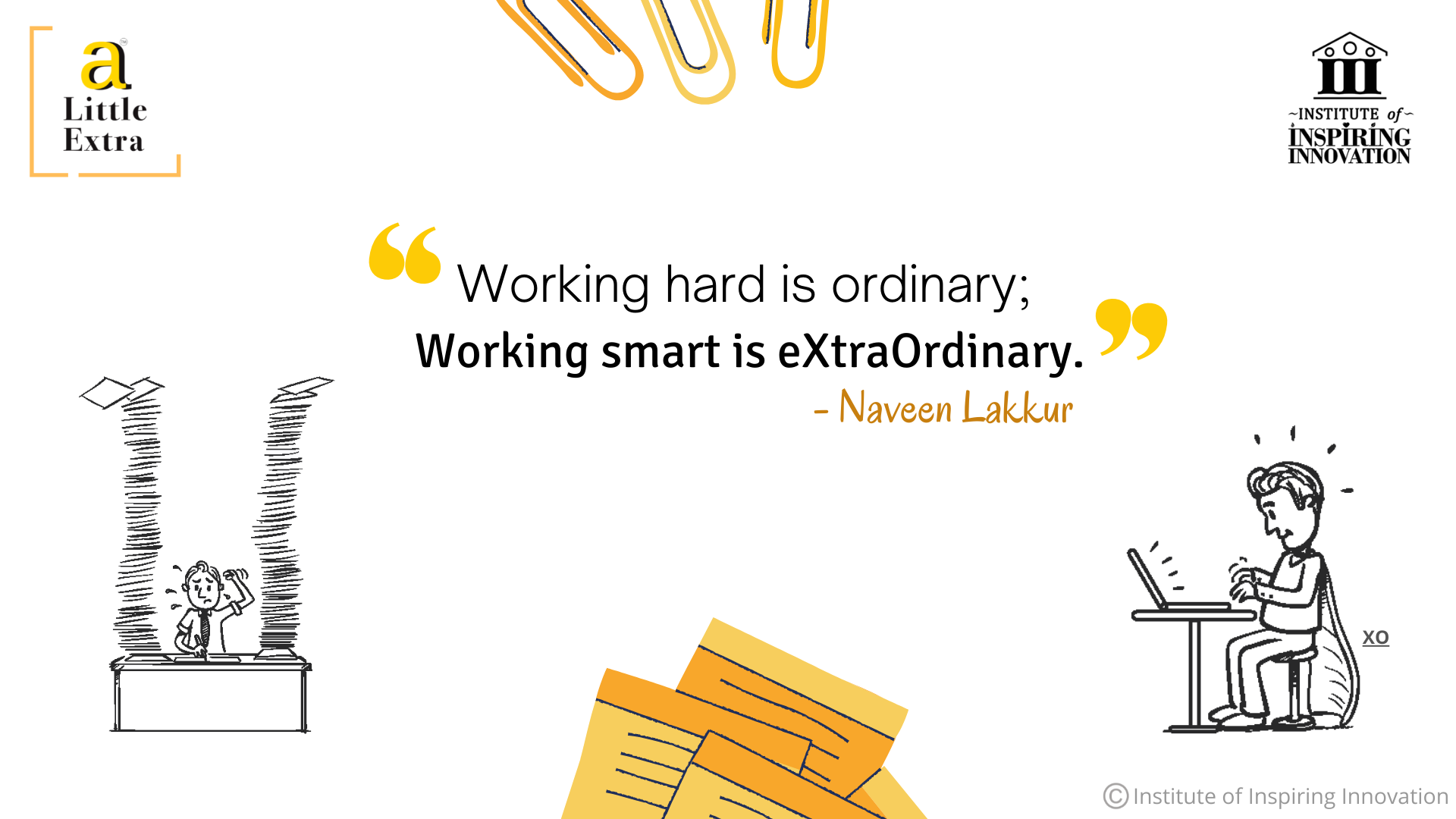Working smart is eXtraOrdinary

Most people put in a lot of effort to complete their tasks. Some tasks or projects are their life’s work. Some people use their smarts to complete the same tasks or projects, though by different means. Technology is an enabler for these people. They also see collaboration with likeminded people and building a capable team so that they can ideate, innovate, and launch projects. Let us look at examples.

Leave a comment